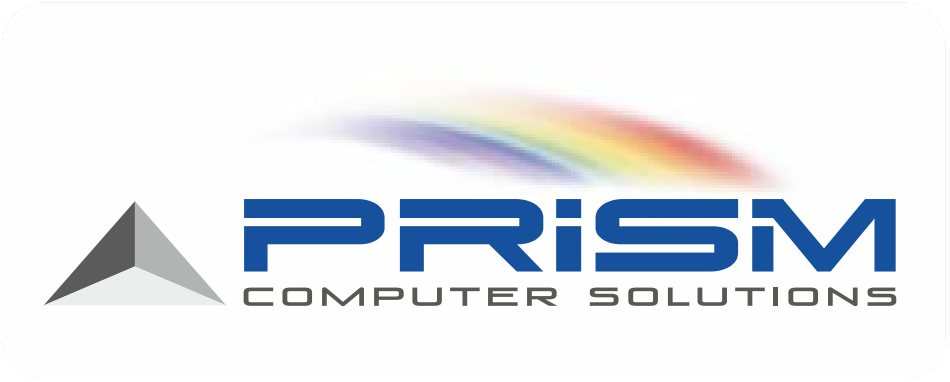• diagnosis, prevention, monitoring, treatment or alleviation of disease,
• diagnosis, monitoring, treatment, alleviation of or compensation for an injury or handicap,
• investigation, replacement or modification of the anatomy or of a physiological process,
• control of conception,
and which does not achieve its principal intended action in or on the human body by pharmacological, immunological or metabolic means, but which may be assisted in its function by such means;
Active Implantable Devices - AIMD 90/385/EEC In-vitro Diagnostic Devices - IVDD 98/79/EC
Active implantable medical device means any active medical device which is intended to be totally or partially introduced, surgically or medically, into the human body or by medical intervention into a natural orifice, and which is intended to remain after the procedure;
Active medical device means any medical device relying for its functioning on a source of electrical energy or any source of power other than that directly generated by the human body or gravity.
In viro diagnostic medical device means any medical device which is a reagent, reagent product, calibrator, control material, kit, instrument, apparatus, equipment, or system, whether used alone or in combination, intended by the manufacturer to be used in vitro for the examination of specimens, including blood and tissue donations, derived from the human body, solely or principally for the purpose of providing information:
• concerning a physiological or pathological state, or
• concerning a congenital abnormality, or
• to determine the safety and compatibility with potential recipients, or
• to monitor therapeutic measures.





